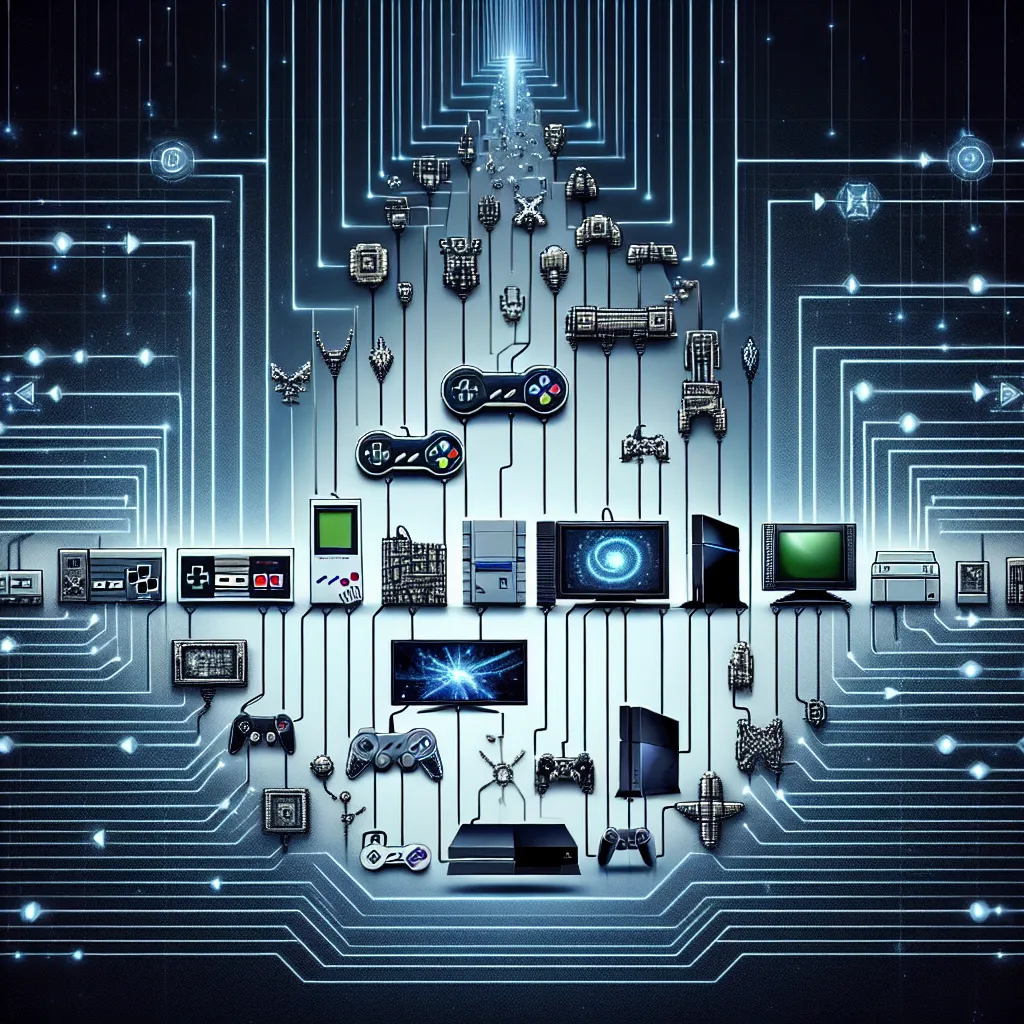The Birth of Home Gaming: The Introduction of the First Console
The birth of home gaming marked a crucial turning point in the history of gaming consoles. It all began in the early 1970s when the Magnavox Odyssey, the first-ever home video game console, was introduced to the market. Developed by Ralph Baer, often referred to as the “father of video games,” the Magnavox Odyssey revolutionized entertainment in households around the world.
Featuring a collection of simple yet engaging games such as Ping-Pong, Ski, and Simon Says, the Magnavox Odyssey laid the foundation for the home gaming experience. Although the graphics were primitive by today’s standards and the games were displayed in black and white, the console captured the imagination of a generation and set the stage for the future of gaming.
With the introduction of the Magnavox Odyssey, families could now bring the arcade experience into their living rooms. This iconic moment in gaming history paved the way for the evolution of gaming consoles, shaping the industry into what it is today.
Technological Advancements: The Evolution of Gaming Consoles Over Time
Technological advancements have played a pivotal role in the evolution of gaming consoles over time. From the humble beginnings of gaming with simple 2D graphics and limited processing power, to the modern-day consoles capable of rendering lifelike 3D environments in real-time, the progress has been remarkable.
In the early years, consoles such as the Atari 2600 and the Nintendo Entertainment System (NES) set the stage for home gaming but were restricted by technological limitations. However, with the advent of the 16-bit era, exemplified by the Sega Mega Drive/Genesis and Super Nintendo Entertainment System (SNES), consoles began to harness more advanced graphical capabilities, allowing for richer and more immersive gaming experiences.
The late 1990s and early 2000s witnessed a significant leap forward with the introduction of 3D graphics in consoles like the Sony PlayStation and the Nintendo 64. These consoles marked a new era in gaming, showcasing the potential of 3D rendering and opening doors to entirely new genres of games.
Fast forward to the present day, and we find ourselves in an age of incredibly powerful gaming consoles such as the PlayStation 5 and Xbox Series X|S. These devices boast cutting-edge technology including ray tracing, high frame rate support, and blazing fast load times, providing an unprecedented level of realism and interactivity.
As technology continues to advance, the future of gaming consoles holds promise for even more immersive and lifelike experiences, with potential developments in areas such as virtual reality, augmented reality, and artificial intelligence reshaping the landscape of gaming as we know it.
The Future of Gaming: Innovations and Trends in Console Development
Gaming consoles have come a long way since their inception, constantly evolving to meet the ever-changing demands of consumers. As we look towards the future of gaming, it’s essential to examine the innovations and trends shaping console development. One prominent trend is the integration of virtual and augmented reality technologies into gaming consoles, offering immersive and interactive experiences for players. Additionally, advancements in cloud gaming are revolutionizing the way games are accessed and played, eliminating the need for high-end hardware and allowing for seamless gaming across multiple devices.
Another noteworthy innovation is the emphasis on cross-platform compatibility, enabling gamers to enjoy their favorite titles across different systems. This interconnectedness not only expands the gaming community but also encourages collaboration and competition on a larger scale. Furthermore, the integration of artificial intelligence and machine learning is enhancing gameplay experiences by personalizing content, adapting to player behavior, and creating more dynamic and engaging virtual worlds.
Moreover, the role of sustainability and environmental consciousness is becoming increasingly important in console development. Companies are focusing on creating energy-efficient hardware, reducing electronic waste, and implementing eco-friendly manufacturing processes, aligning with the growing global commitment to environmental responsibility.
In conclusion, the future of gaming consoles is marked by a convergence of innovative technologies, a push for greater inclusivity and accessibility, and a heightened awareness of environmental impact. These trends are shaping the next generation of gaming consoles, promising exciting and transformative experiences for players around the world.



